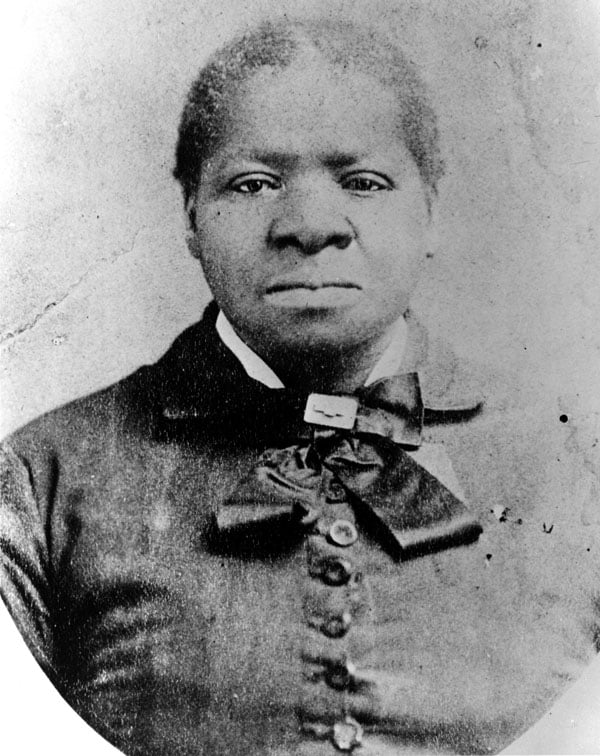In a landmark case in 1856 Mason v. Smith, Bridget “Biddy” Mason sued her master for her and her family’s freedom. This was a full year before the infamous Dred Scott v. Sandford decision which ruled that enslaved persons did not become free when brought to free states. Bridget Mason’s owner, Robert Smith, transported his slaves to Salt Lake City and then on to San Bernardino, California, to establish a new Mormon community there. At the time, California was a free state, and free Black friends of Bridget’s encouraged her to legally contest her slave status. In December 1855, afraid that his slaves would be taken from him, Smith decided to move, transporting his slaves to Texas (a slave state) in order to protect his ownership.
But before he could move them from California, friends of Bridget’s alerted the Los Angeles sheriff to his intentions and the sheriff intercepted Smith’s wagon train with a writ of habeas corpus in hand. The writ required that Bridget, her sister Hannah and their children to be presented to District Judge Benjamin Hayes to he would consider their enslaved status. Hannah, who had recently given birth, was not present at the proceedings and astonishingly Bridget herself had to remain silent during the court proceeding because a California law prevented Blacks and Native Americans from giving testimony against whites.
In Judge Hayes’s order freeing Bridget and her family, the court held that Smith “intended to move them for his own use without the free will and consent of all of them, thus jeopardizing their liberty.
Bridget eventually moved to Los Angeles where she worked as a midwife and nurse before purchasing land where, in 1872, she established First African Methodist Episcopal (AME) Church, the oldest Black Church in the city. Bridget went on to become a well-known philanthropist to the entire community and she was instrumental in founding a traveler’s aid center and an elementary school for Black children.
